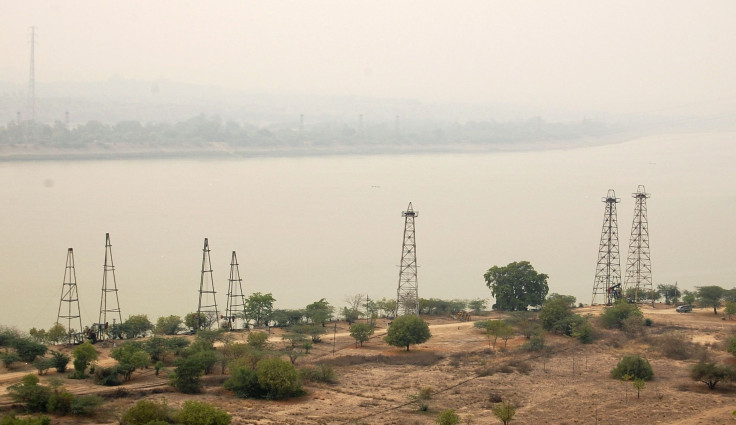Myanmar To Select Foreign Energy Companies To Explore 30 Offshore Blocks From 61 Shortlisted Companies

Myanmar has begun the long process of selecting foreign investors that will be allowed to explore the rich oil and gas resources in the seas off of the country’s coast from 61 companies that have been shortlisted, including Royal Dutch Shell PLC (NYSE:RDS.A), Exxon Mobil Corporation (NYSE:XOM), Total SA (NYSE:TOT) and China National Petroleum Corporation.
The Myanmar Oil & Gas Enterprise (MOGE) and the Energy Planning Department (EPD) will now hold talks with the shortlisted companies. The list also contains Statoil ASA (NYSE:STO) of Norway, ConocoPhillips (NYSE:COP), and firms from Thailand, South Korea, India, Japan and Australia, Irrawaddy, a Myanmar news outlet based in Thailand, reported on Aug. 1.
The process could take another eight months, with the winners expected to be announced early next year. The long timeline is intended to make sure bidders are able to make the right financial commitment, and have the relevant skills for deep-water exploration and drilling, said Myanmar’s Ministry of Energy, which plans to offer sweeteners for the eventual winners of the licenses, including a tax cut on projects down to 25 percent, and a tax holiday extension from three to five years.
Myanmar is offering 30 offshore blocks for exploration and possible exploitation, but the 19 deep-water blocks where the greatest potential riches are believed to reside are the most alluring. Bidders can apply for up to three blocks. Foreign companies will be able to operate independently in the deep-water blocks, but must acquire a local partner for the 11 shallow water blocks.
Given the urgency for Myanmar to tap into its energy resources to fuel its rapidly expanding economy, it is unclear why the process is not projected to complete until the first quarter of 2014. There were some concerns from foreign companies about MOGE’s murky past with the former military regime, according to the Irrawaddy.
“We expect that each company will have about a one-hour meeting time with MOGE, to review data, and one hour with the EPD to discuss terms,” VDB Loi, a law and tax advisory company that now has offices in Rangoon and Naypyidaw, said in a report.
Myanmar, currently one of the poorest nations in Southeast Asia, is actually rich in natural energy resources. It has 7.8 trillion cubic feet of proven natural gas reserves, according to BP’s annual global analysis report, worth up to $75 billion, calculating with the latest benchmark prices for gas, Bloomberg reported.
“In global terms Burma’s proven reserves are modest. What makes these offshore block licenses attractive to the big boys of the industry is the unknown potential, which could be huge -- or a disappointment,” said Collin Reynolds, a regional industry consultant based in Bangkok.
Myanmar currently has a number of offshore blocks in production, but unlike those, which were negotiated by the junta, the new blocks will largely benefit Myanmar.
For deep-water blocks, the state’s share of production—represented by state-owned MOGE—ranges from 60 percent to 85 percent for crude oil and 55 percent to 80 percent for natural gas,” said Platts, a leading energy information provider. “MOGE’s take for onshore blocks is between 60 percent and 90 percent for both crude and gas, depending on the volumes produced.”
The shortlist also includes two Myanmar oil companies – MPRL E&P, and Twinza Oil. Formal bids for the licenses will begin after MOGE has spoken to all 61 companies, which may take the rest of August, the Irrawaddy reported.
Myanmar has also put out to tender 18 onshore blocks earlier. The list of tender winners for the onshore blocks is expected to be released in December, an official from MOGE said, according to the Eleven Myanmar, a Myanmar news outlet.
© Copyright IBTimes 2025. All rights reserved.





















